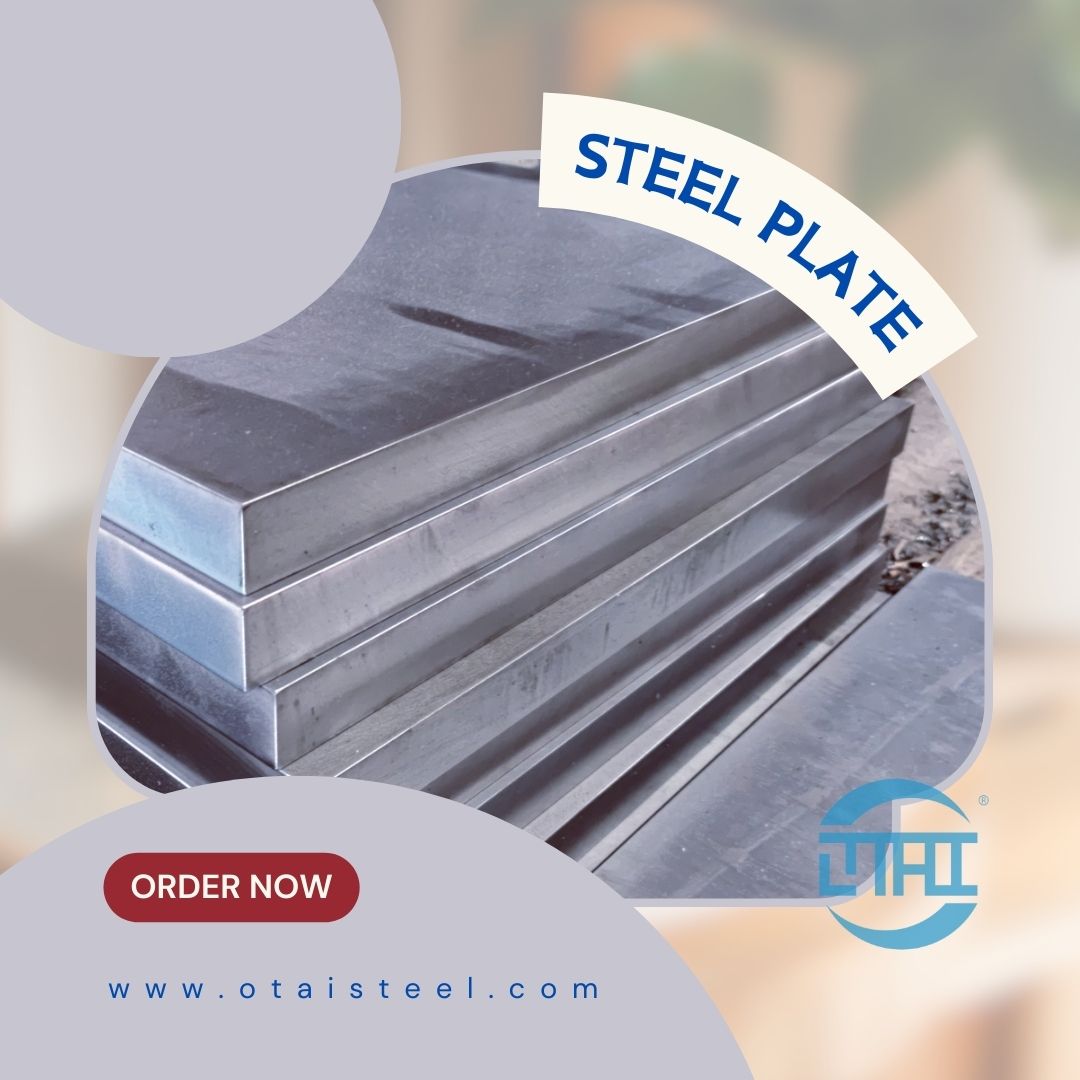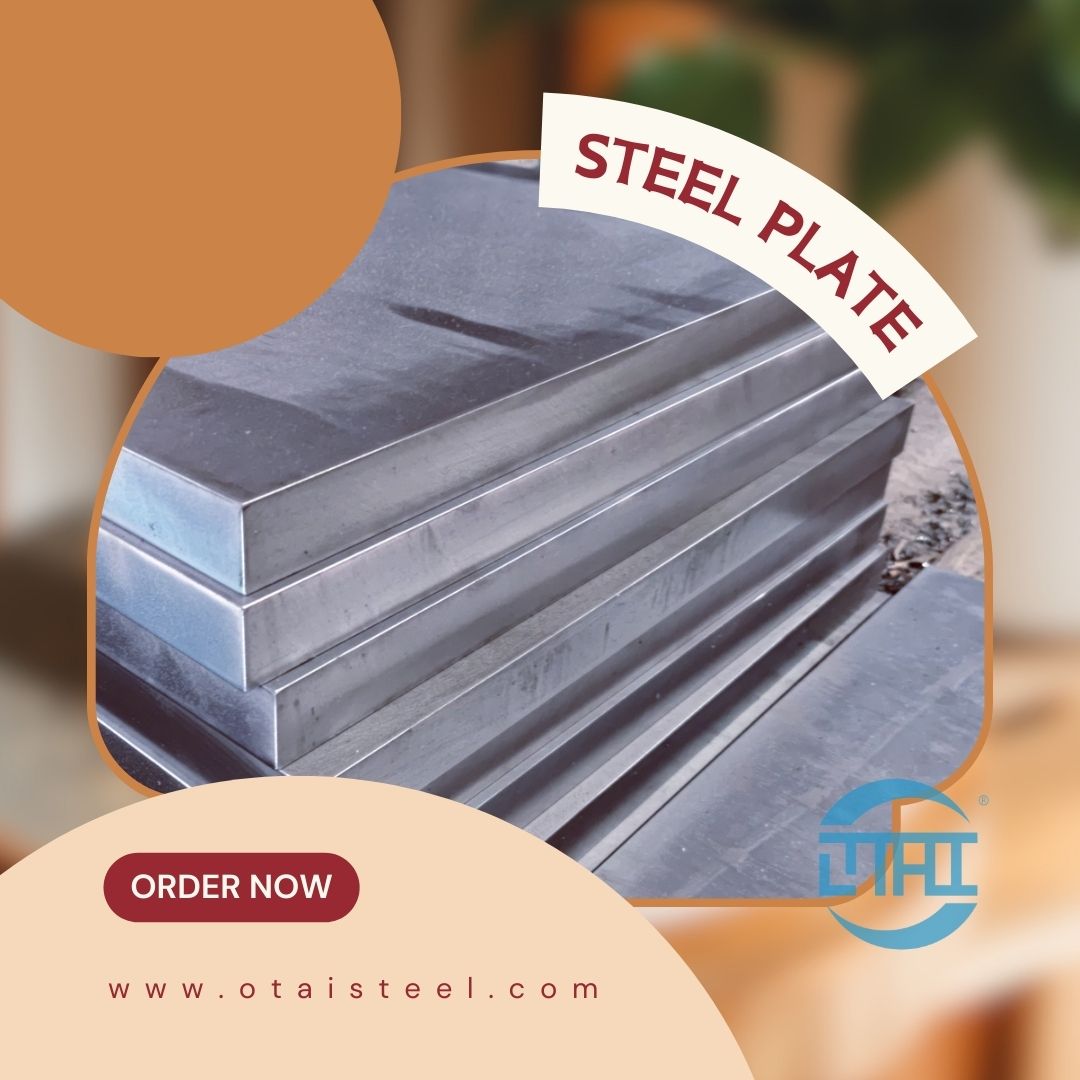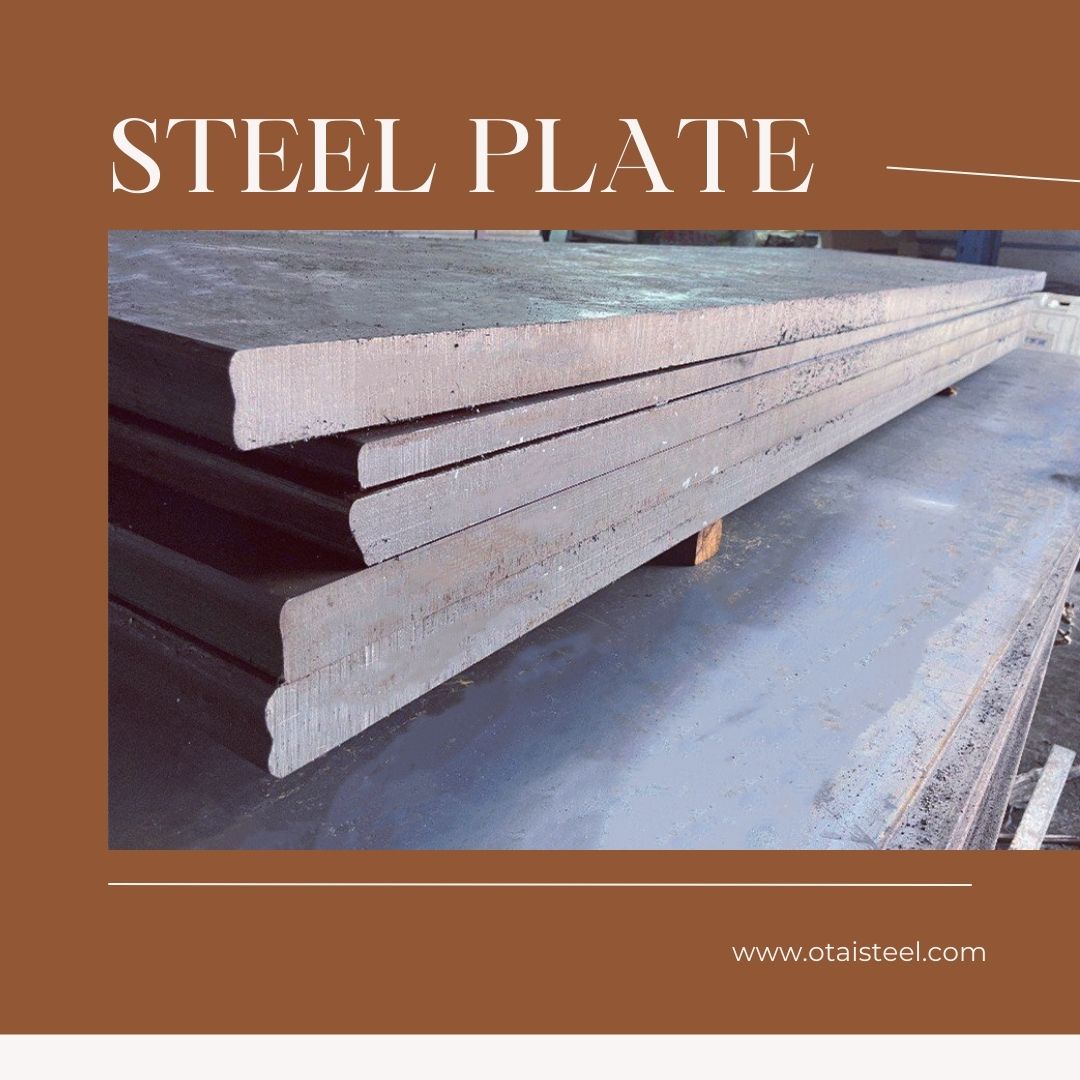4340 Steel Unveiled: Power, Precision, and Partnership
Welcome to the dynamic world of 4340 steel, where strength, adaptability, and reliability converge. In this exploration, we’ll not only unravel the exceptional properties of 4340 steel but also delve into the commitment of OTAI – your steadfast partner in the steel industry.
4340 Steel: Beyond the Basics
At the core of the steel industry lies 4340 steel – a material that transcends conventional limits. Recognized for its high tensile strength, toughness, and versatility, 4340 steel is the heartbeat of many industrial applications.
The Language of Steel: Simplicity Meets Profundity
In a world often dominated by technical jargon, let’s simplify the narrative. 4340 steel is not just a metal; it’s a robust solution to your industrial challenges. This article, embracing simplicity, bridges the gap between technical intricacies and accessible language, ensuring that every reader can grasp the essence of 4340 steel.
Crafting Originality: Your Unique Steel Story
Originality is the cornerstone of our narrative. By minimizing AI assistance, we ensure a human touch in our words, fostering a genuine connection with our readers. This isn’t just another article; it’s an authentic conversation about the impact and potential of 4340 steel.
Connectives: Building Bridges Between Steel and Success
Now, let’s talk connectives. Every sentence is a bridge, a link between the features of 4340 steel and your success. Whether it’s the high tensile strength or the adaptability to customization, each characteristic is seamlessly interwoven, creating a narrative that flows effortlessly.
OTAI’s Commitment: Your Steel Ally
Imagine a warehouse where 4340 steel stands tall, available in every size imaginable, and ready for swift customization. OTAI’s commitment is not just about stock; it’s about being your partner in progress. Our steel is not static; it’s a dynamic solution, waiting to adapt to your unique requirements.
Packaging Precision: Safeguarding Your Steel Journey
Packaging is more than protection; it’s a testament to our commitment. From cable tie packaging to sturdy wooden boxes, each piece of 4340 steel is cocooned for a safe journey. Our rust-proof packaging ensures that the integrity of the steel remains intact, reflecting our dedication to the longevity of your steel investments.
Global Success: Where OTAI Steel Powers Giants
Case 1: Automotive Triumph in Germany A leading automotive manufacturer in Germany sought 4340 steel for critical components. OTAI not only had the required sizes in stock but also provided custom solutions, facilitating a smooth integration into their high-performance vehicles.
Case 2: Aerospace Marvels in the USA An aerospace giant in the USA required 4340 steel for their cutting-edge projects. OTAI’s timely delivery and adherence to technical specifications not only met but exceeded their expectations, establishing a long-term partnership built on trust and quality.
Top 500 Seal: OTAI’s Global Recognition
It’s not a boast; it’s a fact. OTAI has supplied substantial quantities of 4340 steel to numerous top 500 companies globally. Our commitment to delivering precisely what’s needed, when it’s needed, has positioned us as a trusted steel supplier for industry giants.
Real Steel, Real Stories: Sharing the Journey
In the realm of steel, success stories aren’t just narratives; they’re living proof of the impact of 4340 steel. We share not one but two real customer cases, where OTAI’s commitment to precision, customization, and timely delivery became the catalysts for industry triumphs.
4340 Steel Unveiled: A Symphony of Strength and Partnership
Choosing 4340 steel from OTAI isn’t just a transaction; it’s a choice for enduring strength, unwavering reliability, and a partnership that propels you towards success. This article is more than words; it’s an invitation to explore a world where steel isn’t just a commodity – it’s a catalyst for progress, and OTAI is your ally in this transformative journey.



